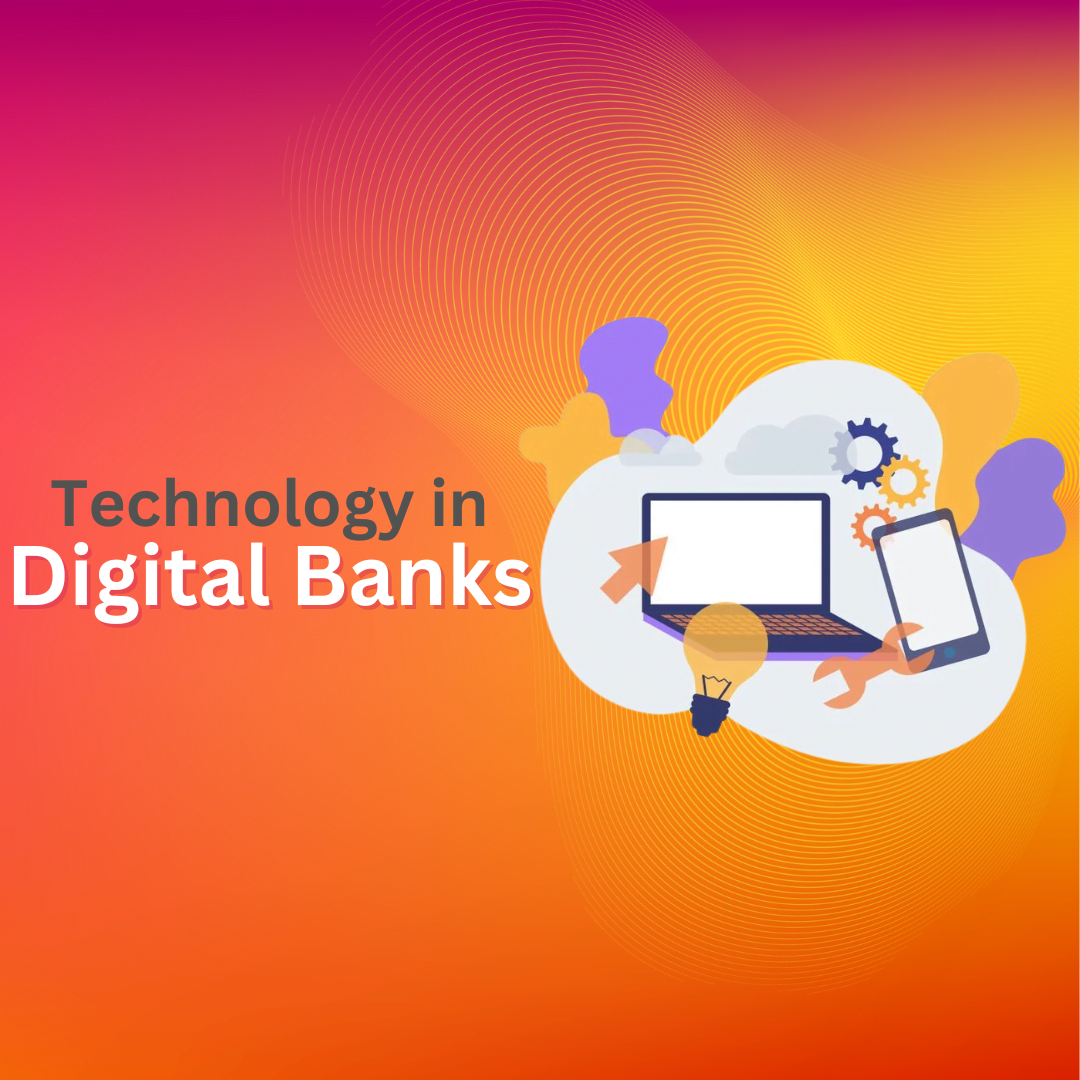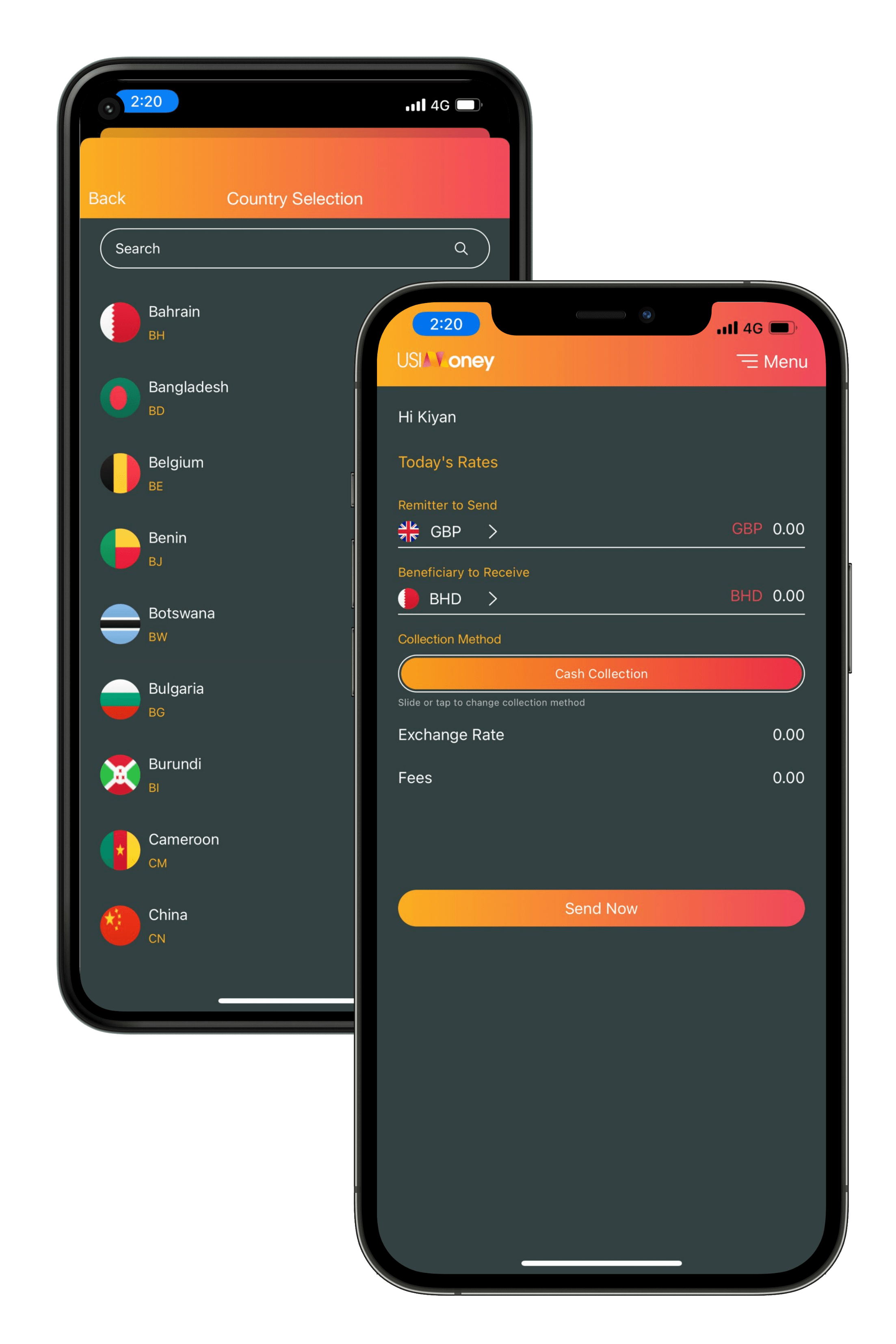
Digital banking has emerged as a cornerstone of the modern financial landscape, driven by rapid advancements in technology. This transformation is not just about shifting traditional banking services online but also about reimagining how banking can be done more efficiently, securely, and innovatively. In this blog, we will explore the key technologies that are driving digital banking, and how they are revolutionising the financial services industry.
Artificial Intelligence and Machine Learning
Artificial Intelligence (AI) and Machine Learning (ML) are at the forefront of digital banking innovation. These technologies enable banks to analyse vast amounts of data to gain insights into customer behaviour, predict trends, and automate processes.
- Personalised Banking Experiences: AI algorithms can analyse transaction histories, spending patterns, and financial goals to offer personalised advice and product recommendations. This level of customisation enhances customer satisfaction and engagement
- Fraud Detection and Prevention: Machine learning models can detect unusual activity and potential fraud by analysing transaction data in real time. These systems can learn and adapt to new fraud tactics, providing robust security for digital banking platforms
- Customer Service: AI-powered chatbots and virtual assistants provide instant customer support, handling routine inquiries, and troubleshooting issues around the clock. This improves customer service efficiency and reduces wait times
Blockchain Technology
Blockchain technology is revolutionising the way transactions are processed and recorded, bringing transparency, security, and efficiency to digital banking.
- Secure Transactions: Blockchain’s decentralised ledger technology ensures that all transactions are transparent and immutable, significantly reducing the risk of fraud and errors
- Smart Contracts: These self-executing contracts with the terms of the agreement directly written into code can automate complex banking processes, such as loan disbursements and insurance claims, reducing the need for intermediaries and speeding up transactions
- Cross-Border Payments: Blockchain enables faster, more cost-effective international payments by eliminating the need for multiple intermediaries and reducing transaction times from days to minutes
Cloud Computing
Cloud computing is a foundational technology for digital banking, offering scalable, flexible, and cost-effective IT infrastructure.
- Scalability: Cloud services allow digital banks to scale their operations quickly and efficiently, meeting the demands of a growing customer base without significant upfront investment in hardware
- Data Storage and Security: Cloud providers offer advanced security features, including data encryption, access controls, and regular security updates, ensuring that customer data is protected against breaches
- Innovation and Agility: By leveraging cloud platforms, digital banks can rapidly develop, test, and deploy new services and applications, fostering a culture of continuous innovation
Biometrics and Authentication
Biometric technologies are enhancing the security and convenience of digital banking by providing more reliable authentication methods.
- Facial Recognition and Fingerprint Scanning: These biometric authentication methods offer a secure and convenient way for customers to access their accounts and authorise transactions, reducing the risk of identity theft.
- Voice Recognition: Voice biometrics can be used for secure and seamless customer verification during phone banking interactions, improving the overall customer experience.
- Behavioural Biometrics: This technology analyses patterns in user behaviour, such as typing speed and mouse movements, to detect and prevent fraudulent activities.
Big Data and Analytics
Big data analytics is transforming digital banking by providing deeper insights into customer behaviour, market trends, and operational efficiencies.
- Customer Insights: Analysing large datasets allows banks to understand customer needs and preferences, enabling the creation of tailored products and services
- Risk Management: Predictive analytics can assess credit risk, identify potential defaulters, and optimise loan portfolios, helping banks make informed lending decisions
- Operational Efficiency: Data analytics helps streamline operations by identifying inefficiencies, optimising processes, and reducing costs
Conclusion
The convergence of these advanced technologies is driving the evolution of digital banking, making it more efficient, secure, and customer-centric. As AI, blockchain, cloud computing, biometrics, and big data continue to advance, digital banks are well-positioned to offer innovative solutions that meet the evolving needs of their customers. Embracing these technologies is essential for staying competitive in the fast-paced world of financial services and for delivering the seamless, personalised, and secure banking experiences that customers now expect.
